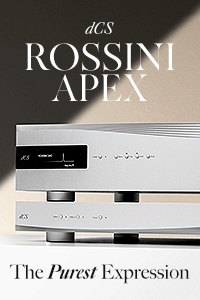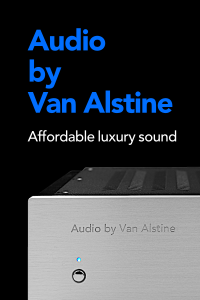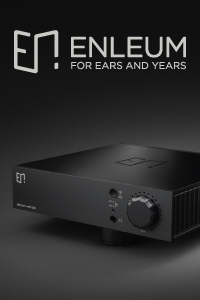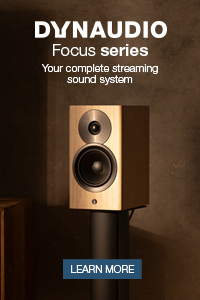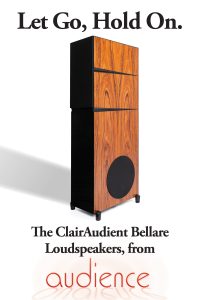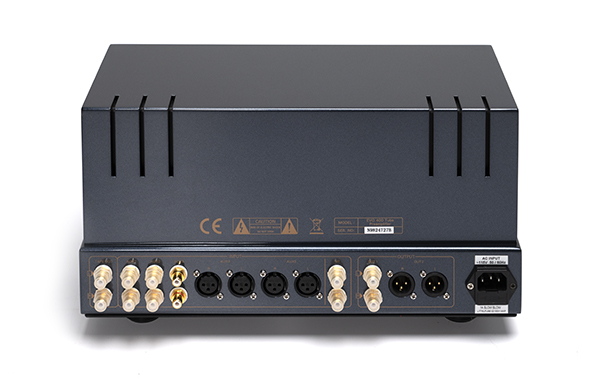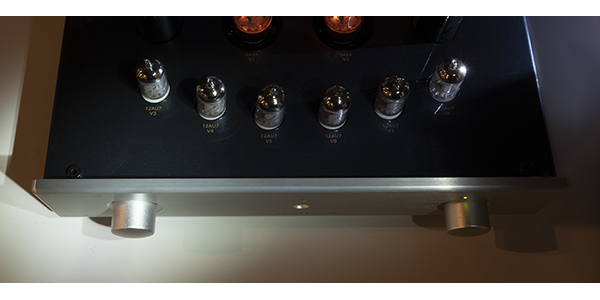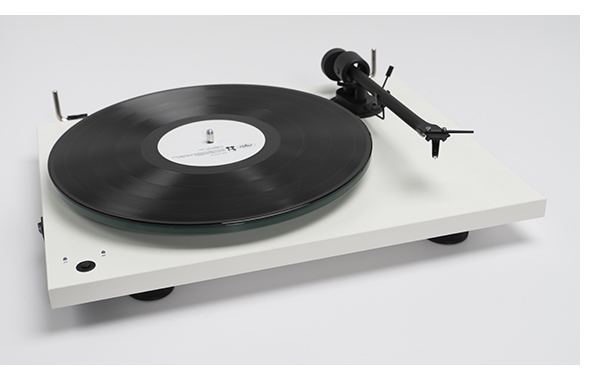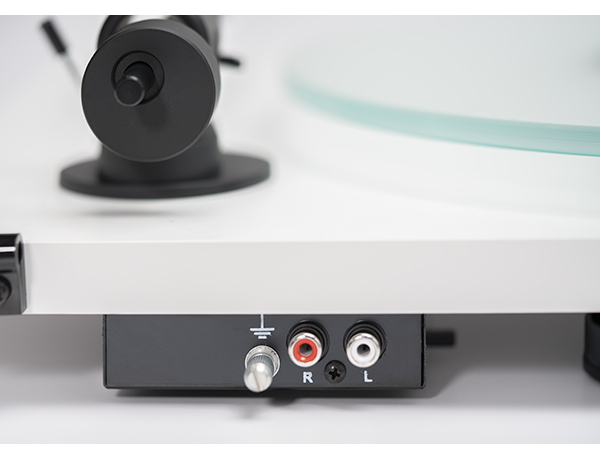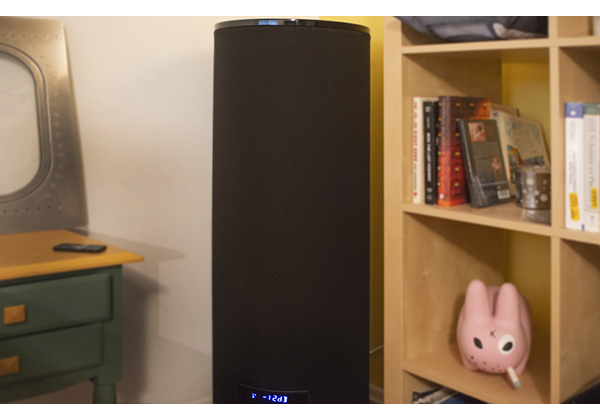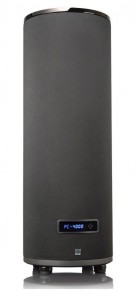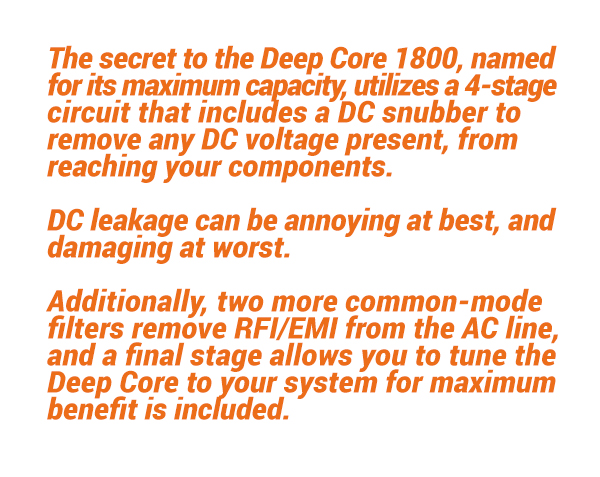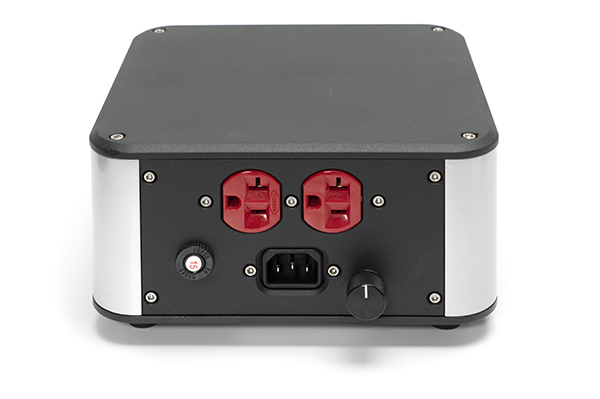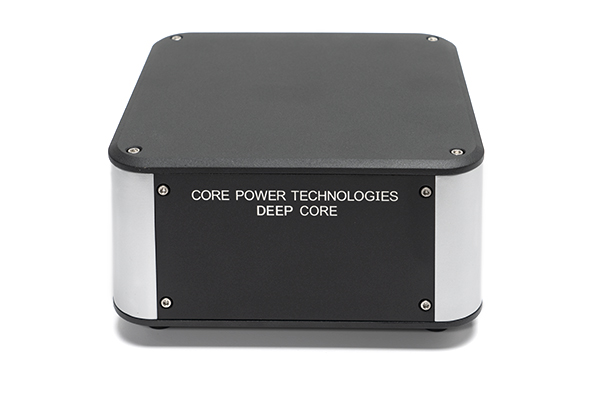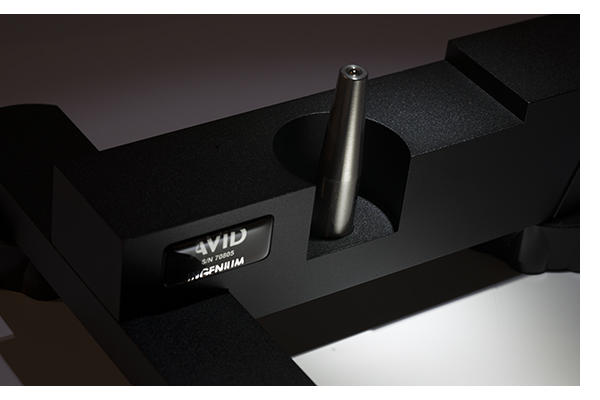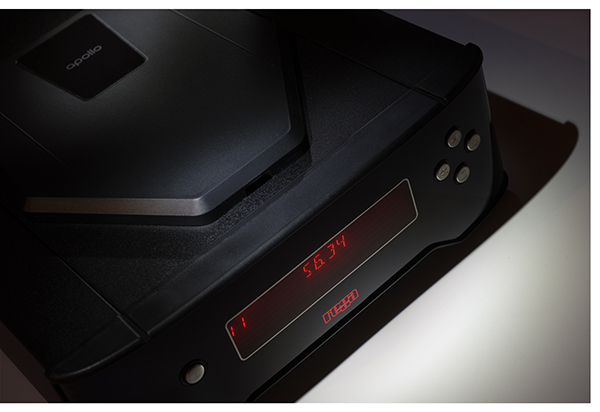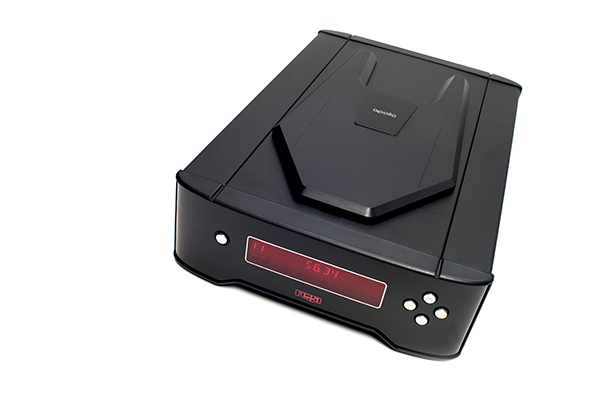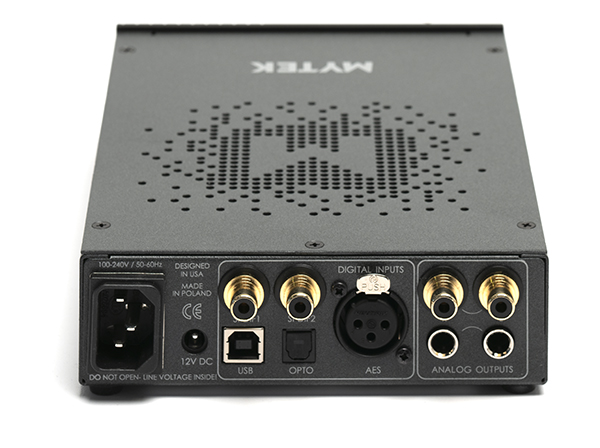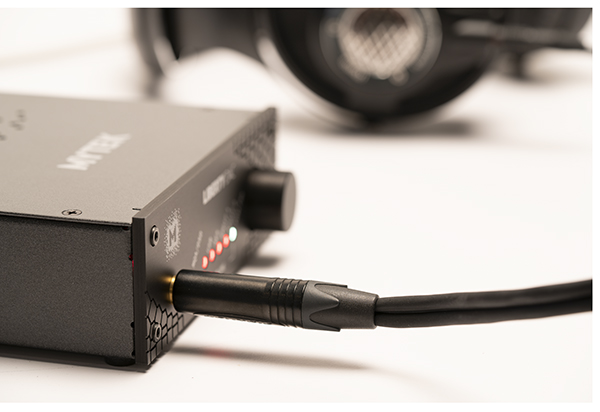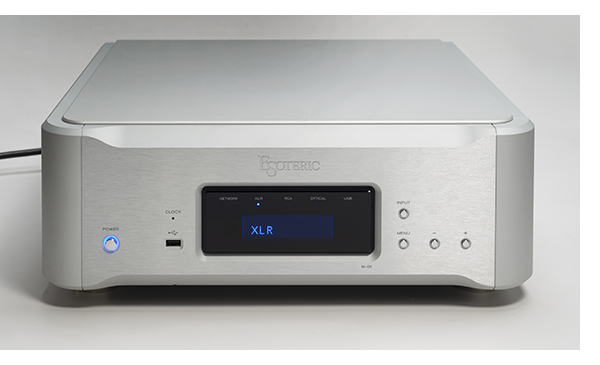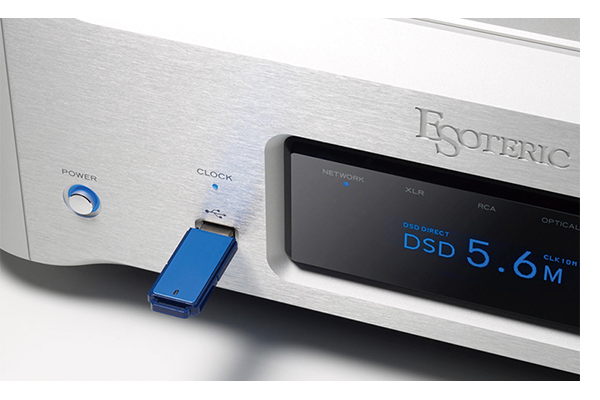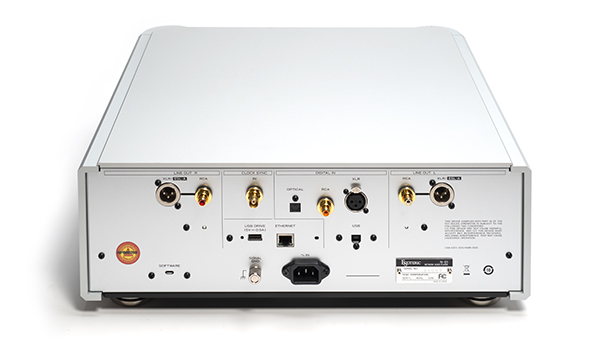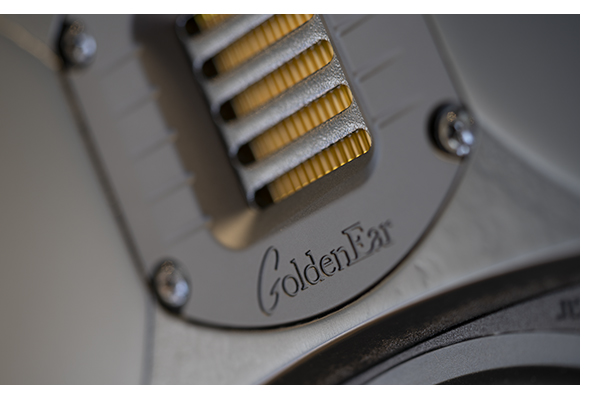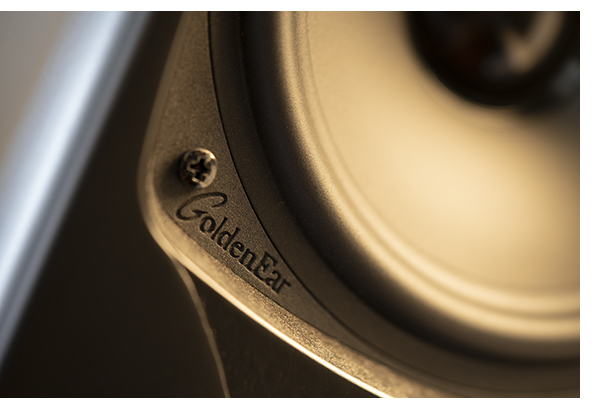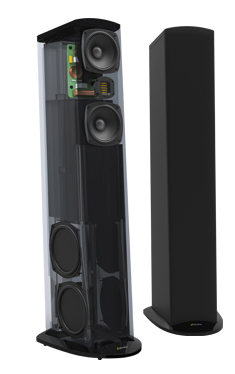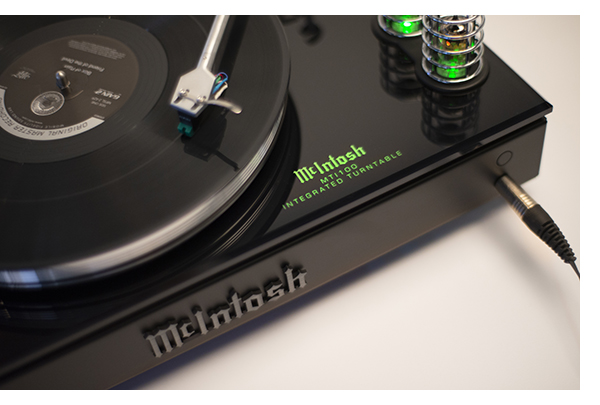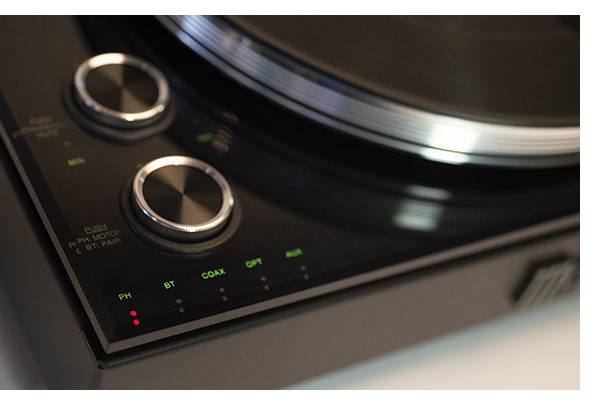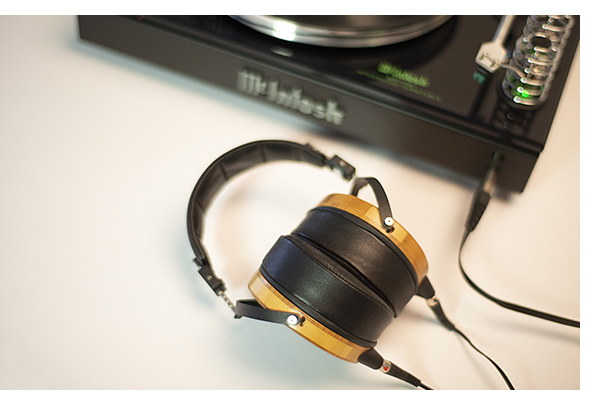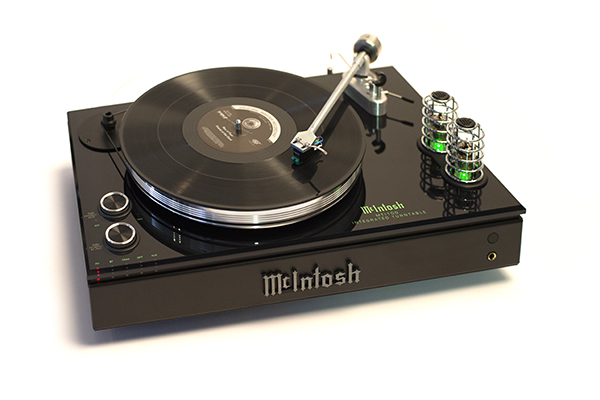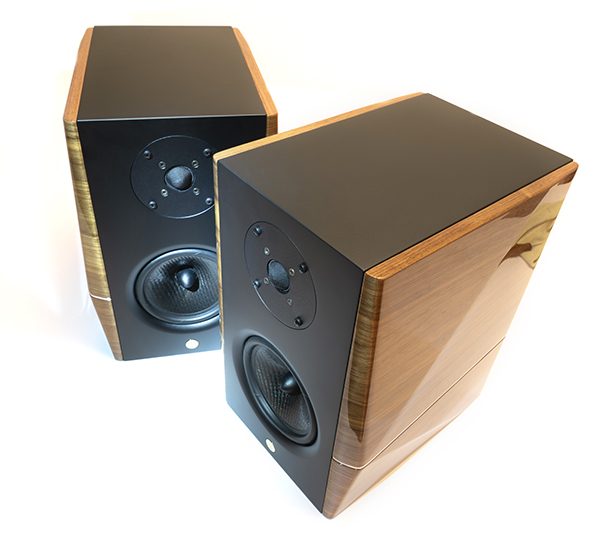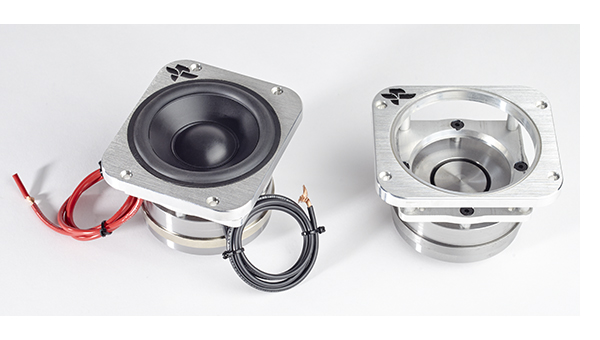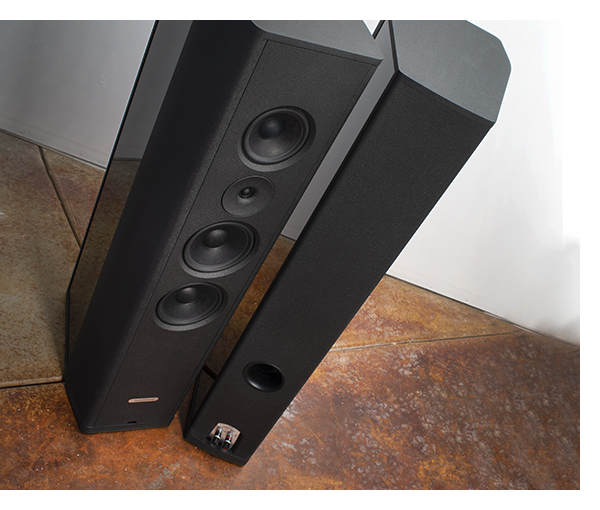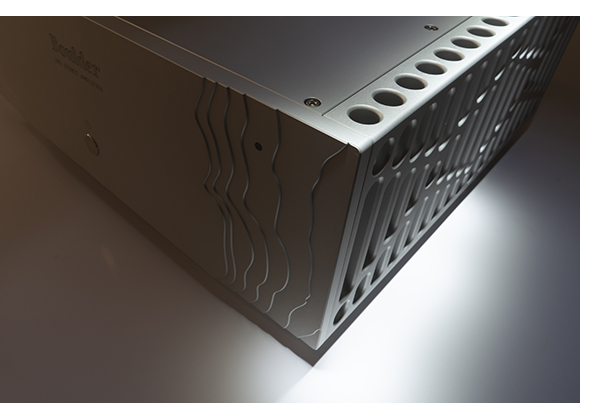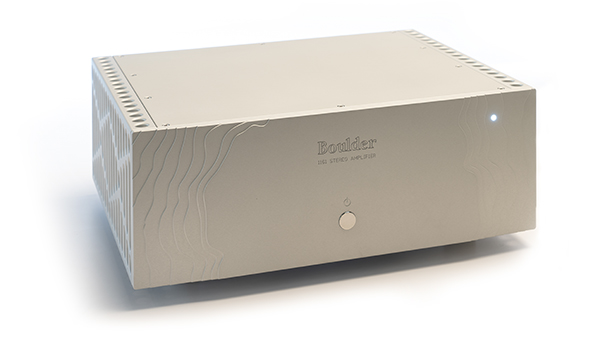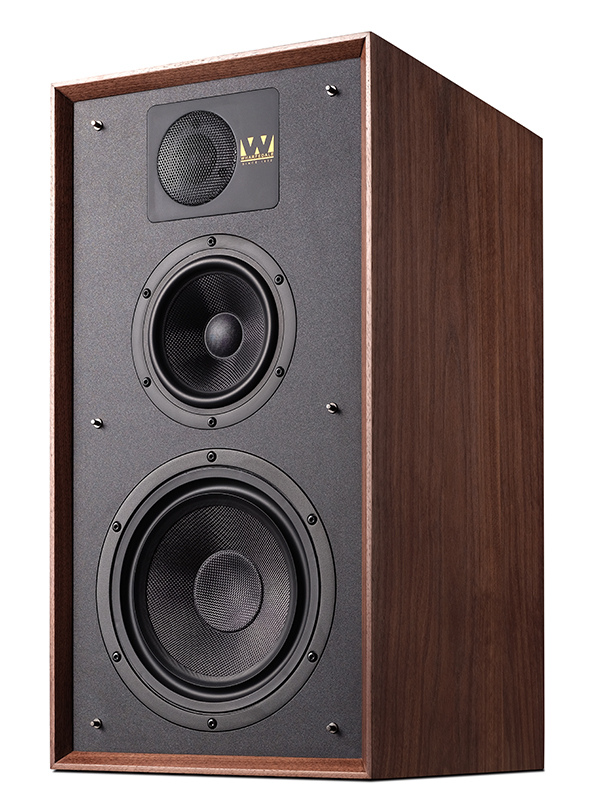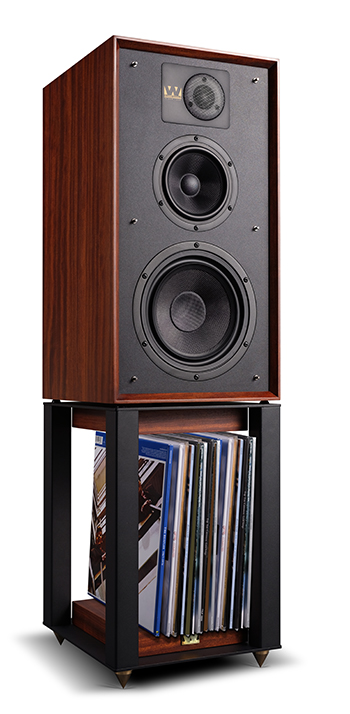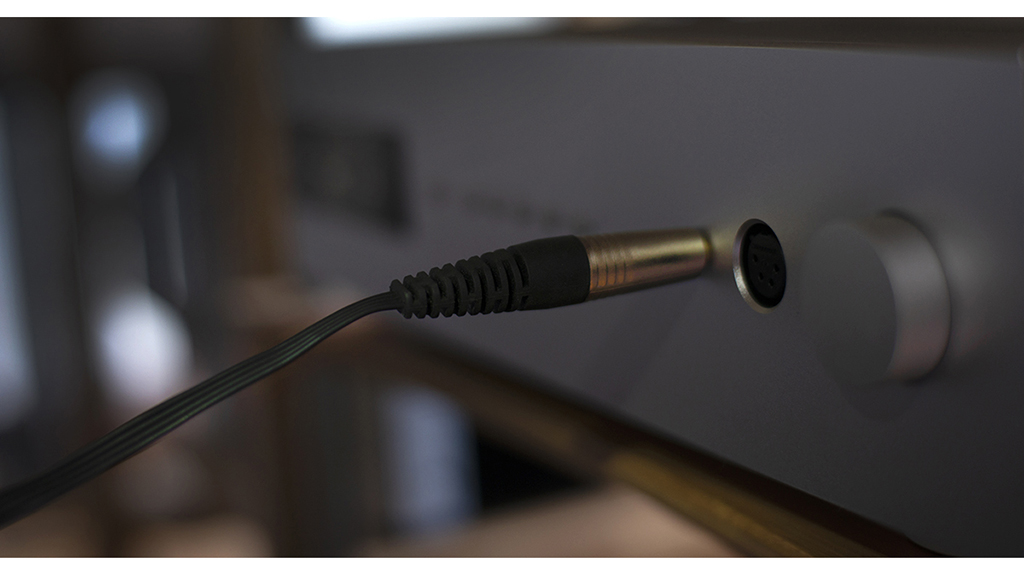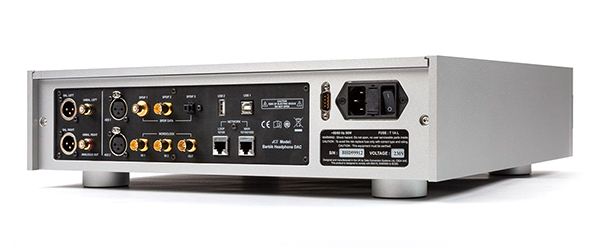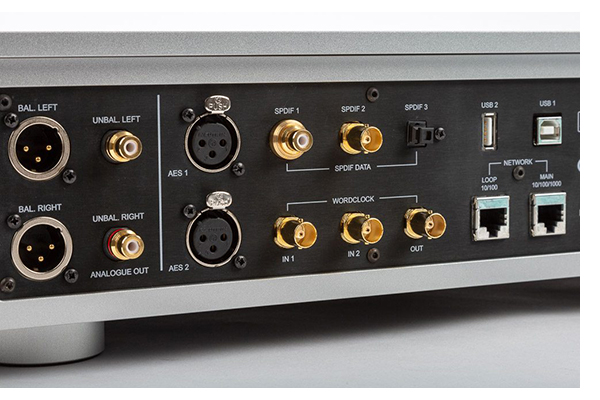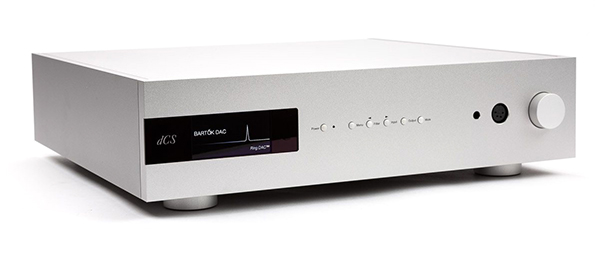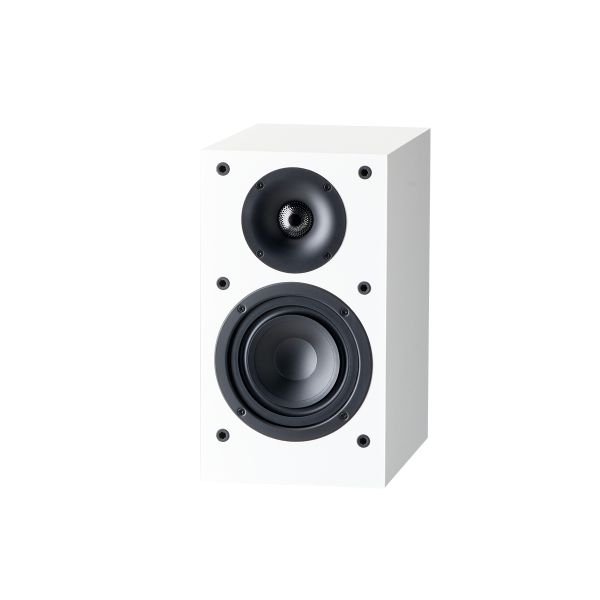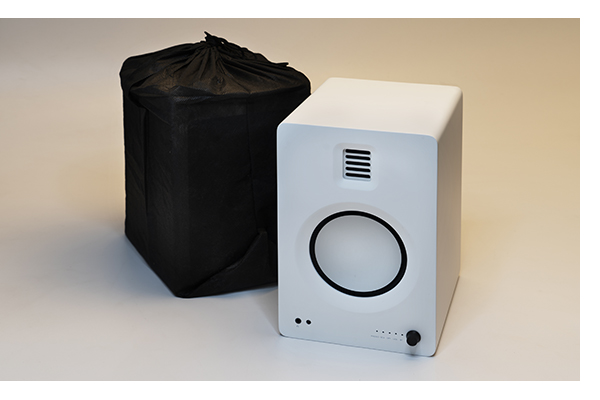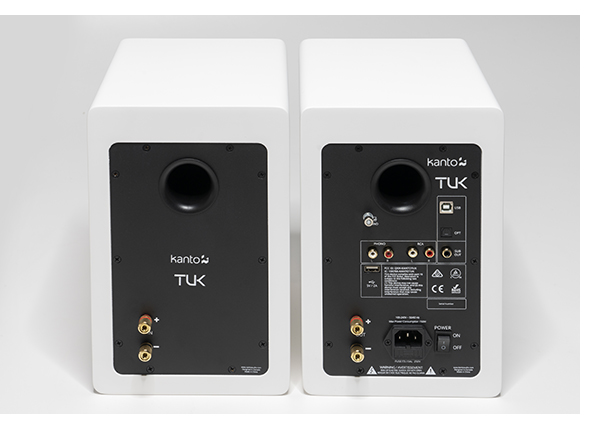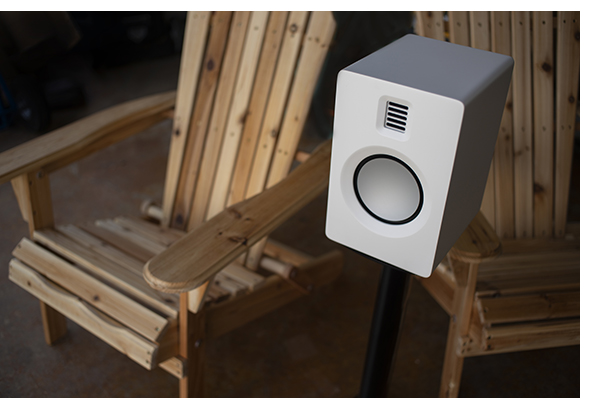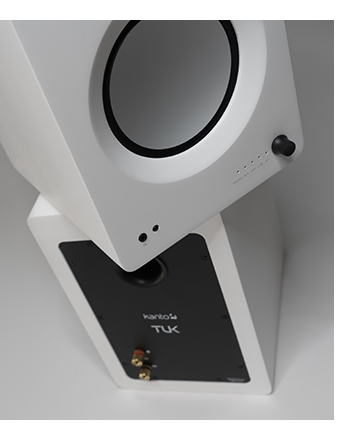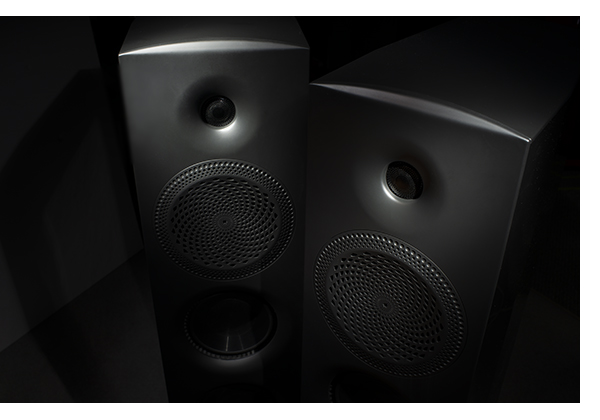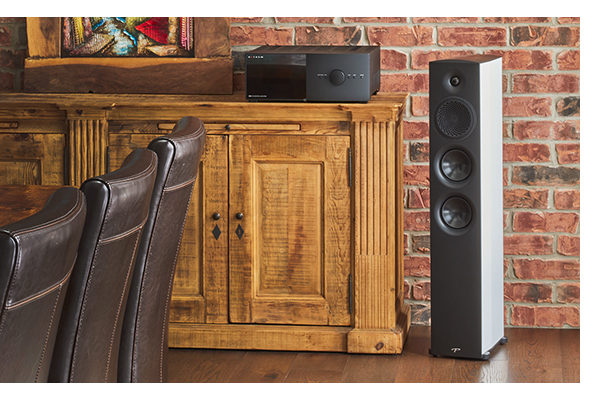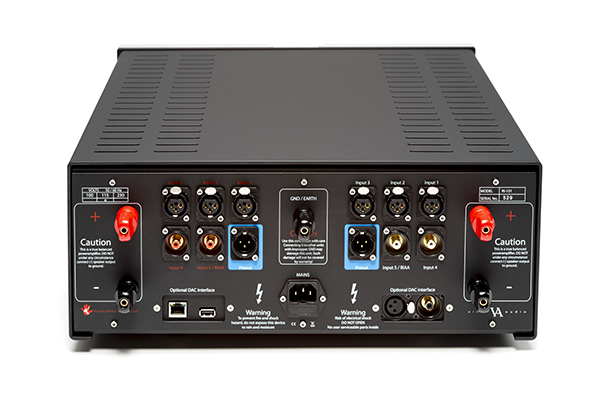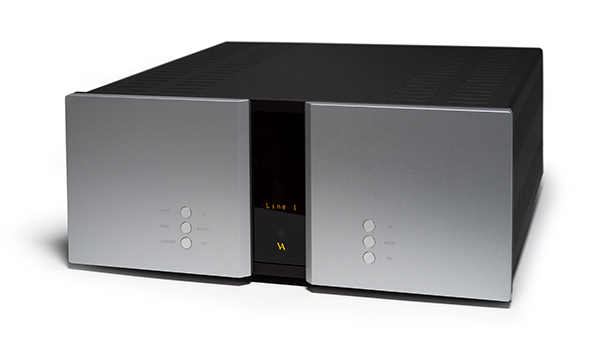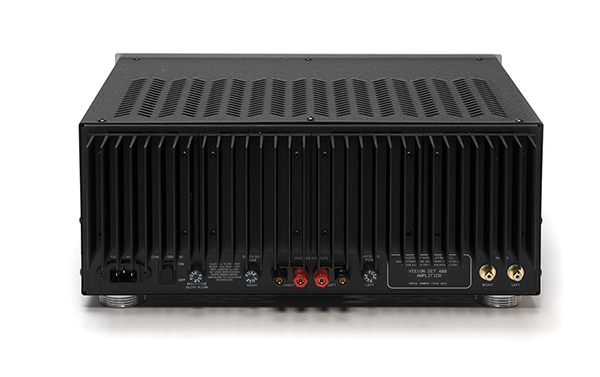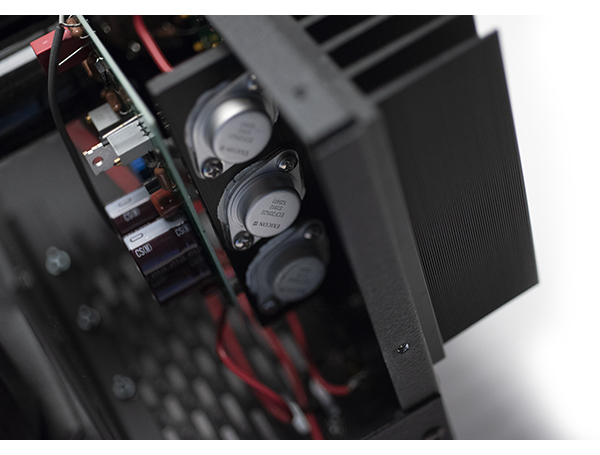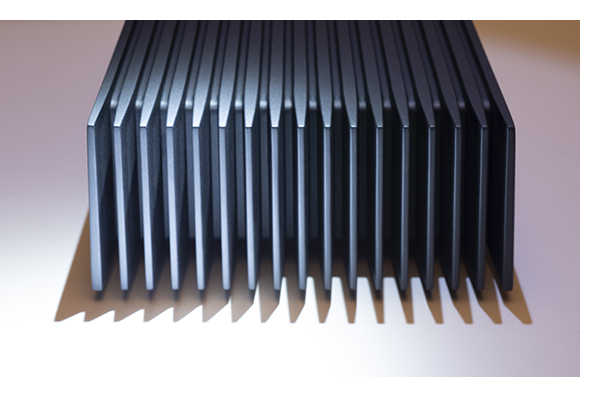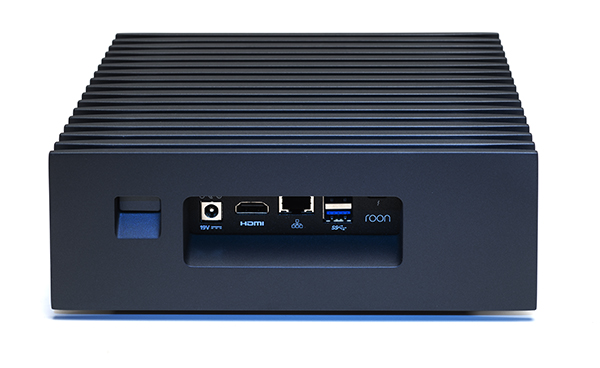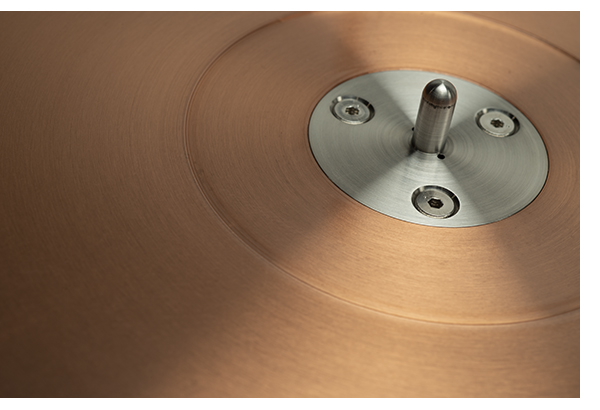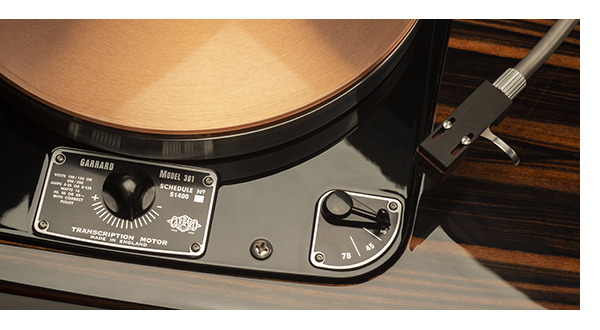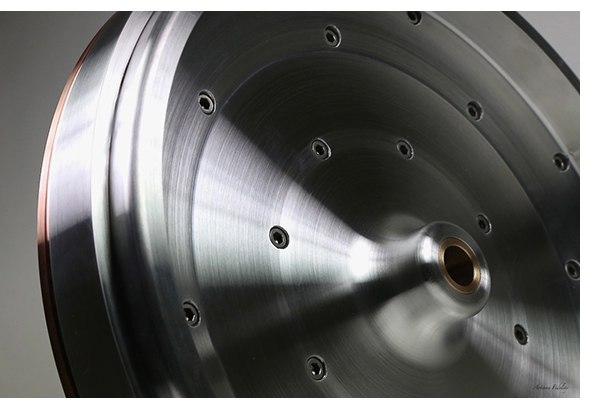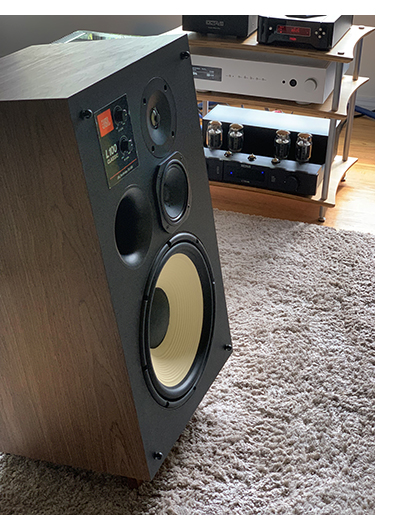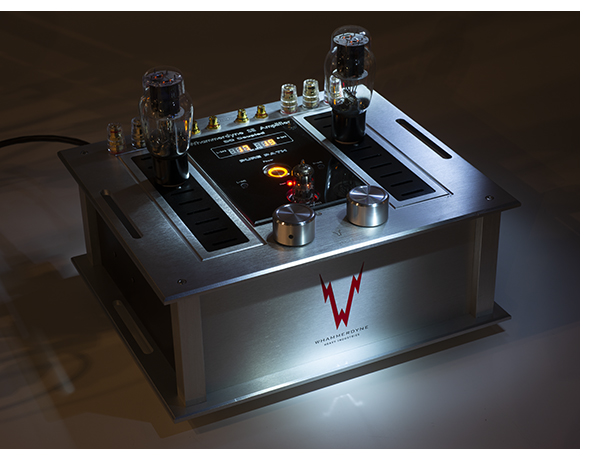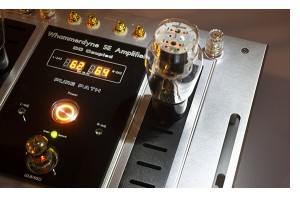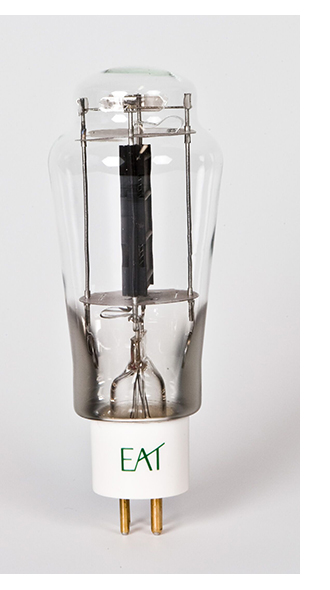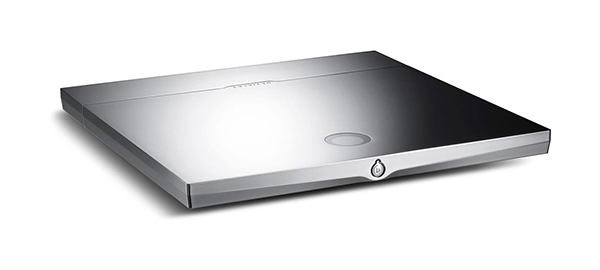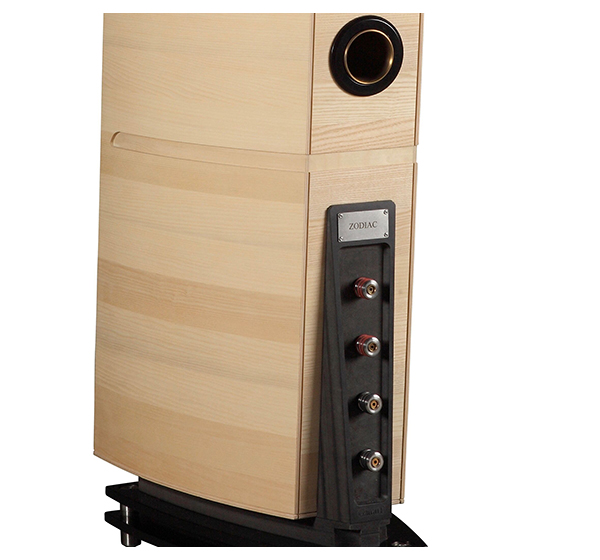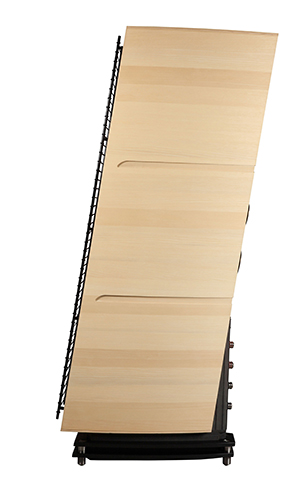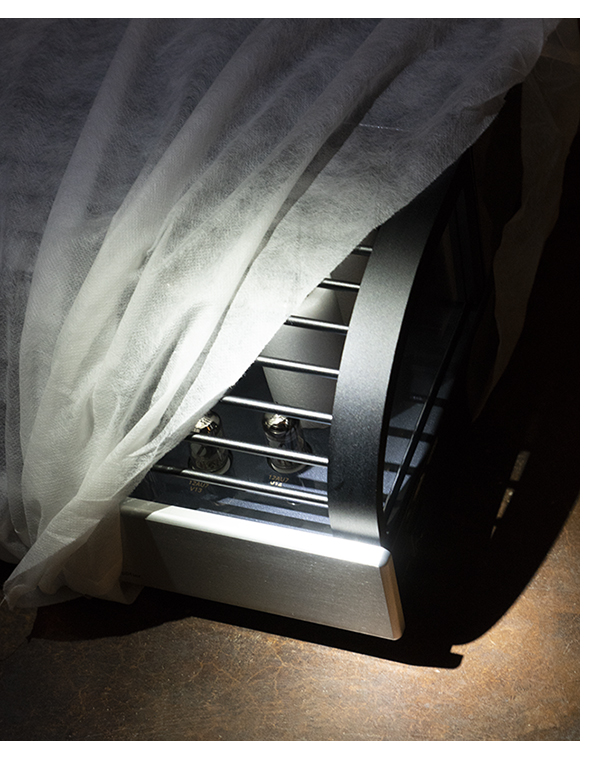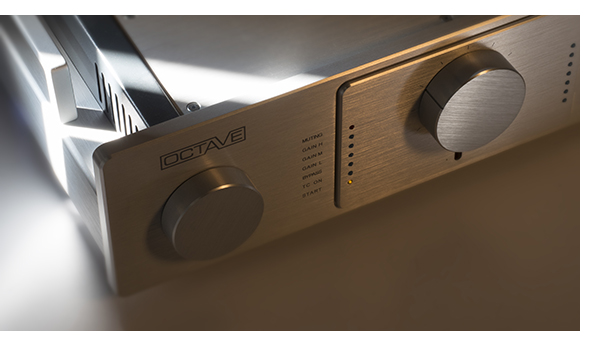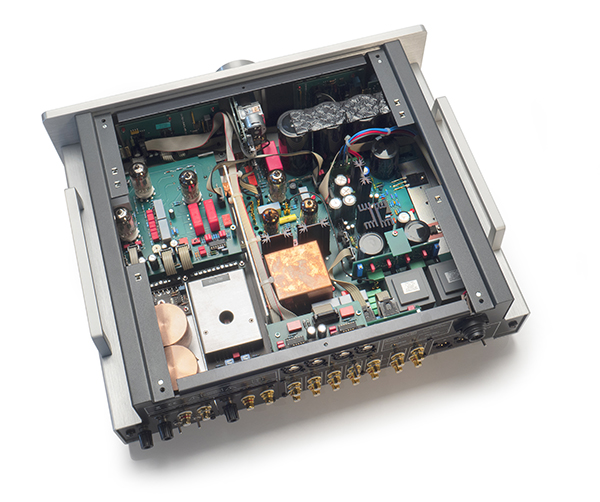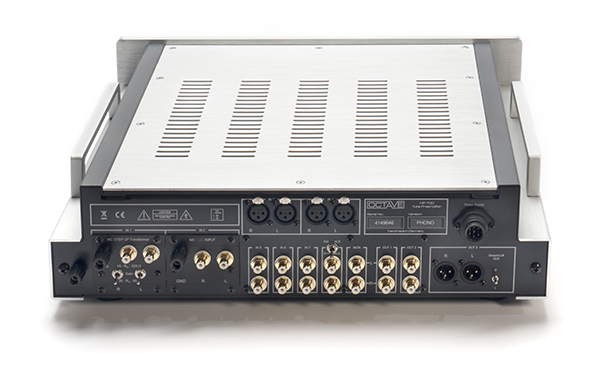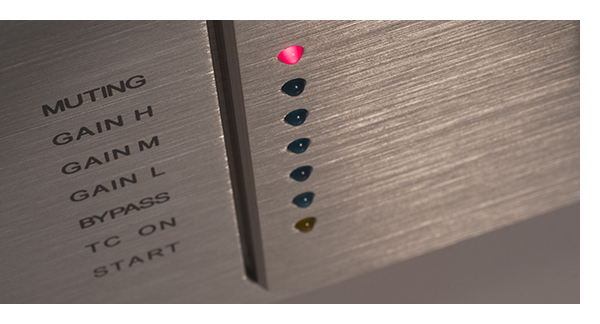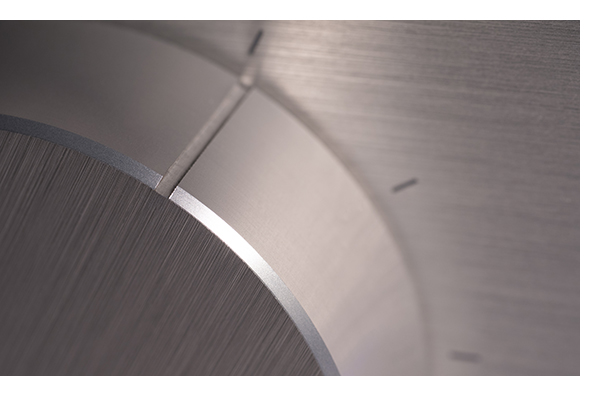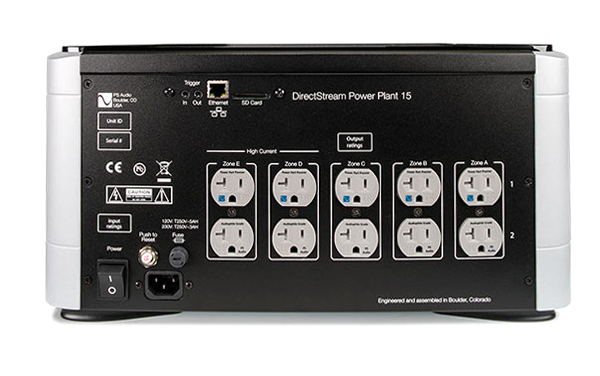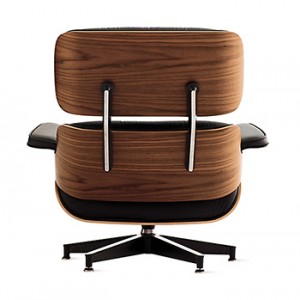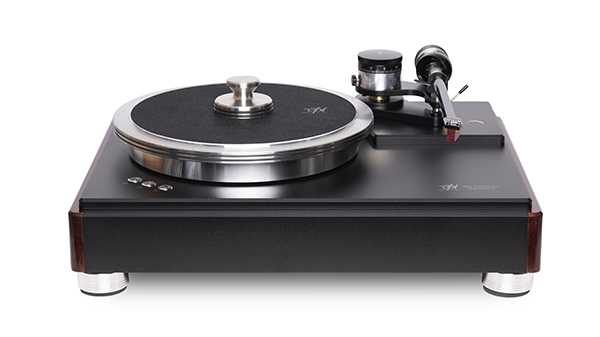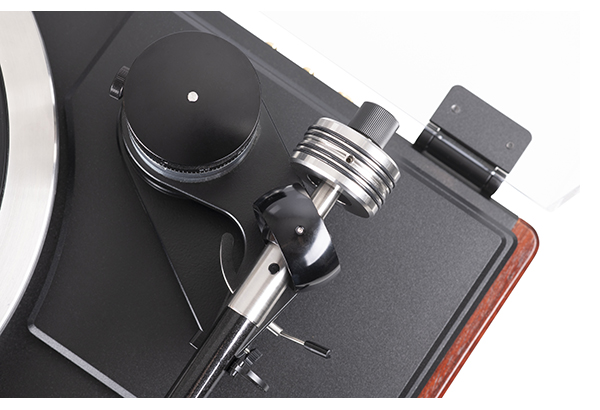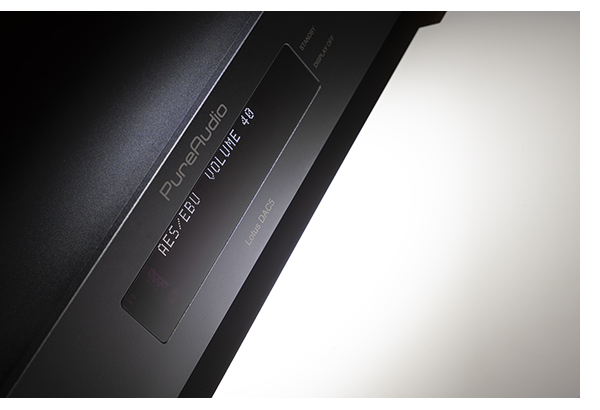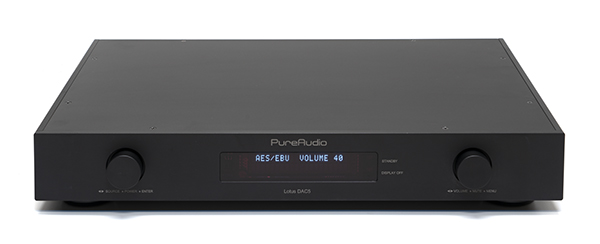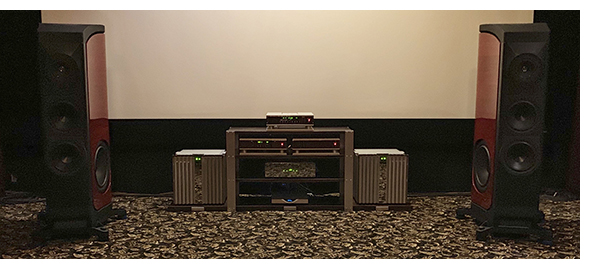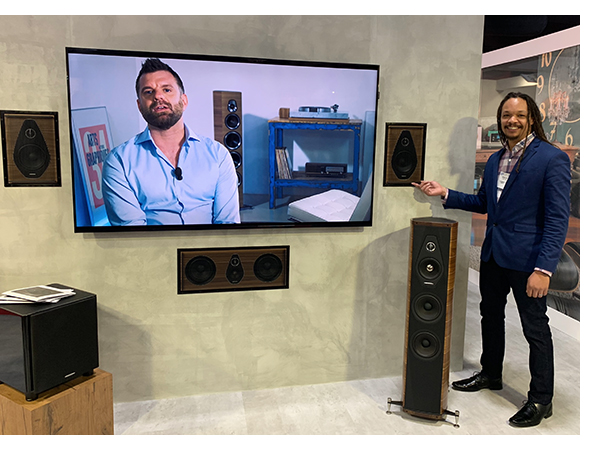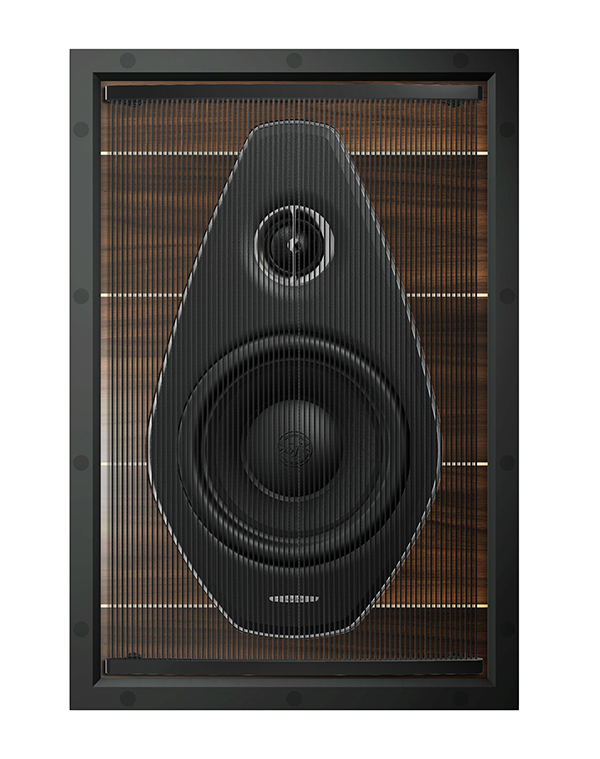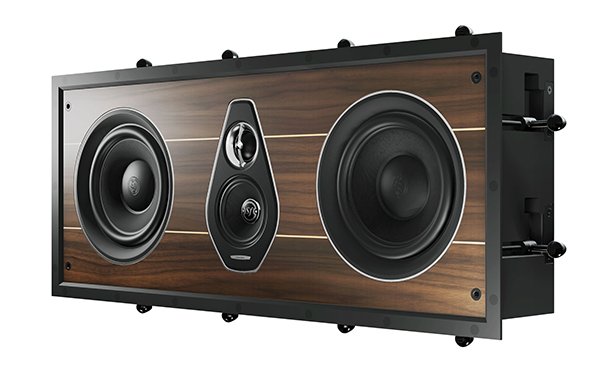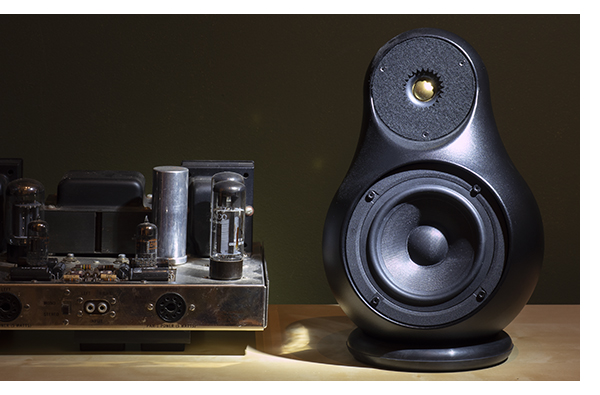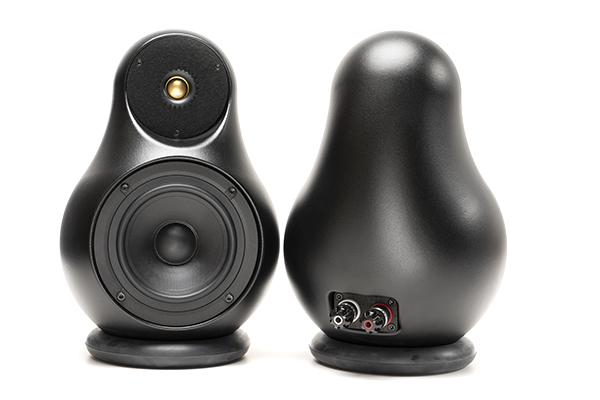Of all the perils analog enthusiasts are faced with, the worst is breaking the cantilever on a precious cartridge.
Ask any audiophile with more than few cartridges, many of them will tell you that it is not a matter of if, but a matter when. If you handle tonearms and cartridges long enough, sooner or later you are bound to break a cartridge, hopefully it will be a Denon 103 and not a Clearaudio Goldfinger.
Thankfully, there are a few cartridge rebuilders on both side of the continent, and I have had the misfortune of trying a few that provide less than exemplary work. However, François Saint-Gérand of Ana Mighty Sound is one of the (if not THE) best cartridge rebuilders in the world today. Here’s a bit of what he had to tell me.
TA: When did you start Ana Mighty Sound?
FSG: I was encouraged by Thomas Schick, designer of the Schick Tonearm and personal friend, to start Cala Mighty Sound in 2012. In 2015, Xavier Delacoux joined out team together with Laszlo Szalai and Vencel Szabo. Christian Bianchi (founder of Prisme Audio in the eighties) who develops and build our Le Phono SE phono stage, also came on board.
We were originally called Cala Mighty Sound, “Cala” (Calamean) means beauty in ancient Greek, and it was also my DJ name. But the French pronunciation (spelled Calamine) basically means the dirt in a motor, and the name was also registered by another company so we decided to call ourselves Ana Mighty instead. It is referenced to my beloved wife and of course by extension to analog.
What is your background?
I have a Ph.D in speech recognition and its impact on speech theories and other linguistic fields. I’ve also taught Linguistics, Speech Theories, and Communication at the University level.
Who is in your cartridge rebuilding team?
László Szalai, chief engineer and László Vencel Szabó, his apprentice. László has worked in different audio studios (Hungarian Broadcasting Studio, Hungaroton Records, Archive of the Institute for Musicology of the Hungarian Academy of Sciences Research Center) as an audio and broadcast engineer. He made hundreds acoustic music recordings and is of course obsessed with excellent sound and HiFi. Vencel is his apprentice and assistant.
Can you tell me a bit about how the rebuilding/repair business in general?
Rebuilding cartridges involves extensive scientific research and field experience. We work with our suppliers and customers to offer dedicated and coherent solutions to our customers.
Rebuilding is actually more difficult than building a new cartridge, you have to completely unmount the cartridge and coils, with no manual or guidance. Working on a Neumann DST, for instance, is a very good example. In lieu of the manual, you must understand its construction and to feel it in your hands in order to get the best results.This is where the extensive experience of Laszlo Szalai is crucial.
Our extensive hands on experience with cartridge building gives us an unparalleled advantage on understanding the entire cartridge manufacturing and rebuilding process. Very few people have seen the inside of as many cartridges as we have.
What are the common problems you see?
The most common problems are the broken stylus tips, snapped cantilevers, or general wear and tear over time
Specifically, what can be repaired, and what cannot? What makes you different than other cartridge builders?
We can replace broken cantilevers, rebuild coils from scratch, change dampers, and retip the stylus. Very few people on earth can do all of these, especially rewinding coils, but we can. All rebuilds must meet four basic requirements:
– Repair a cartridge only if it is less than replacement cost.
– The cartridge body must be able to be opened without causing damage.
– Here is what makes us different. Cartridges are best repaired by not adding weight on the moving mass assembly of the cartridge. This is why we do not repair cartridges which have no cantilever shaft (like Audio-Technica and Benz cartridges). Our competitors will insert a larger aluminium tube extend the broken cantilever with glue, rather than rebuilding with a new cantilever. This produces a much larger effective mass of the moving ensemble, resulting in a lower resonance frequency for the coil mechanism, with negative repercussions in the audible range. We feel a cantilever should never be extended, but replaced.
– We cannot repair cartridges which can only be replaced by original parts.(for example AT, FR-7), which are often unobtainable.
What if you use parts different than original?
We have sources for almost all cartridge parts, and in some cases, we custom make our own components which exceeds the performance of original parts. For example, modern suspensions can be better than 30 year-old components. Small variations in parts can have a huge impact on sound. Sometimes even two new cartridges can have totally different sounds. Our goal is to maintain sonic integrity of the cartridge after repair.
We have used newer parts on many well-known MC cartridges (Ortofon SPU, Denon 103, EMT TSD-15, Koetsu, etc…) the results obtained (both sonically and on measured specifications) were higher than what we expected and this is when we decided that this service should benefit to our customers.
How many repairs have you done?
Ana Mighty has repaired more than 200 cartridges, but László has a solid background with hundreds and hundreds of repairs from the past 40 years.
What is involved in cartridge rebuilding?
No two cartridges are identical. A repair always starts with a cleaning and a detailed inspection of the cartridge. We have a strict policy about not altering the original aspect of the cartridge (except for our highly modified version of cartridges). Once the body is open, we are able to inform the owner about all problems found. The whole process is documented by photos.
The actual repair starts with a very detailed cleaning and finishes with setting the parameters (VTF, compliance, tracking ability, etc.) of the cartridge. At the very end we test each cartridge for 3-4 hours, play them for 24 hours and then run a new set of tests to optimize the fine parameters of the cartridge again, with measurements documented.
What are the most important cartridge components?
The sonic characteristics of a cartridge is a combination of the sum of its parts, and therefore no single component is more or less important than another. A good example of this is in the process of building coils. Very few have the capacity to rebuild coils, but we do. We can even build a coil from scratch, and at times we have to build it 5-6 times in order to have the right sound. Coils have different winding patterns; the most well-known are cross coils and square coils but we also rebuild the triangular coils unique to Neumann DST cartridges.
Do rubber dampers age over time? What is their lifespan?
Time is a big enemy of cartridges. The life of the damper is unpredictable, but temperature and humidity does play a role. If a cartridge starts to sound distorted or grainy, it is a warning sign that the damper may need to be changed.
A problematic/damaged/old damper can change the position of the cantilever causing an uneven wear of the stylus (diamond tip). This can also damage LPs over time. Due to technological advancement, we have better dampers than the original, such as our silicon frictionless dampers available in either single or double donuts as well as dual circular internal designs.
Do you see more wear and tear in coastal cities vs say inland USA?
Certainly yes, temperature (changes), humidity, change of air pressure, vicinity of seas or oceans (salty air), polluted air, altitude, etc. can have an effect on the components. Unfortunately, we don’t have any statistical data about it and it would be very hard to draw a definite answer.
Do you see uneven cartridge wear if Antiskating is set incorrectly?
Yes, and this applies to both entry-level and high-end turntables alike. Not only the stylus (diamond tip) wears unnecessarily and unevenly, but the record as well and while the cartridge can be repaired, the record unfortunately NOT.
Without a proper test record it is not possible to correctly set the anti-skating and this also affects the tracking ability of the cartridge. AnalogMagik is a tool which we use to set Anti-skaing.
The proper setting depends on the stylus pressure as well as on the stylus cut (shape/profile), also slightly on the length of the tonearm and tis dynamic capabilities. Last, but not least it also depends on the turntable settings (its proper leveling, etc.). Some people set the anti-skating by placing a glass disc on the rotating platter and set the stylus on its surface and set the anti-skating to keep the tonearm in position (avoid moving it away). However in this case the stylus is touching the surface of the glass at one point (on its tip), while on the stereo (test) record it touches with its 2 sides representing totally different frictional properties.
What causes bent or skewed cantilevers?
This is mainly caused by the aging of the damper. However, let’s not forget the damper assembly consists of not only a damper (rubber /silicon ring), but also a steel, copper or plastic string that is invisible from outside. The deformation or aging of these strings can also cause such problem. Bent cantilever can also be caused by careless stylus cleaning or by the cartridge dropping off from the side of the record.
What are some good cartridges you have seen, and why do you like them?
The following list is very subjective and is far from complete: Audio Note Japan (Kondo), Jan Allaerts, EMT, Ortofon SPU, My Sonic Lab, Accuphase, Lyra, Koetsu, Phasemation, Air Tight… For us some of the units of these manufacturers provide such musical experience since many years that we enjoy a lot. They have rather neutral sound, they have a relaxed sound, but at the same time they are very dynamic, analytical, precise and show a wide stereo soundstage. They are well designed and mechanically solid.
Is it true that Japan is the only country that can make a complete cartridge?
We don’t think so, however it is true that decades ago serious/excellent cartridges were coming mainly from Japanese manufacturers. Let’s not forget though about the before mentioned famous European brands, such as EMT, Ortofon, Audio Note UK, Benz Micro, Clearaudio, Van den Hul, Jan Allaerts, etc.
Some have claimed that Koetsu differs only by body, but the cores are the same inside?
This is definitely not true. Their models have different magnets or pole pieces, coil material can also be different, for example they use parallel wire (copper and silver) making the coil. They sort and match the components carefully, selecting the bodies to the sonic properties of the matched components. For sure this can be also valid for other manufacturers as the magnetic properties of the magnets are not always the same. The earlier Koetsu models have gained a prestigious reputation.
Is it true that only 1-2 manufacturers do all the tipping, cantilevers, and suspension in the world?
To the best of our knowledge there are only a few companies able to manufacture these, however we don’t exclude the possibility of new manufacturers entering this market.
Who are the main cartridge makers of today? Matsudaira of MSL? Nakasutka San of ZYX? Audio Technica? Who else do you know?
There are different type of builders and of these builders are important in thier own way :
– Mass market like Audio Technica and Ortofon with advanced technologies and less human process implied in the building of their products. They produce thousands of MC cartridges, and represent a very small percentage of their total sales. Of course there are some exceptions like the Audio-Technica ART-1000 (of which we are proud exclusive dealers in France) which is produced at around 200 samples per year by only person… and which is also a beautiful and technically made product. Ortofon and Audio-Technica are OEM builders too.
– Medium mass market like Excel, Benz Micro, Lyra, ZYX, MSL which also address OEM market
– Small mass market builders like : Jan Allaerts and a lot of artisan Japanese cartridges (Sumile, Top Wing, Miyajima, Fuuga, etc…)
Main cartridge maker is not the one that sells the most cartridges but the one(s) that make the cartridges you prefer. ;)
Show us some examples?
 Here is a cartridge repaired by another. You have coil wires soldered together (this is something we would never do), and an aluminum cantilever attached to the end of the original cantilever, on this Koetus Urushi Vermillion.
Here is a cartridge repaired by another. You have coil wires soldered together (this is something we would never do), and an aluminum cantilever attached to the end of the original cantilever, on this Koetus Urushi Vermillion.
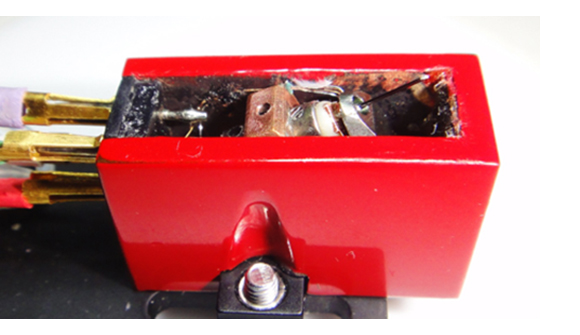 Here is what it looks like after the repairs with upgrades. We completely rebuild damper, coils and cantilever from the ground up.
Here is what it looks like after the repairs with upgrades. We completely rebuild damper, coils and cantilever from the ground up.
 And here, we have a modified Denon 103, with one of our body, and cartridge internals.
And here, we have a modified Denon 103, with one of our body, and cartridge internals.
Closing thoughts from ANA Mighty Sound
It is important to mention that most cartridges that come to us are usually old, many of them were made many decades ago. Similar to other used equipment the aim is to repair it the closest to original condition. It is not always possible to return the cartridge to its original/brand new condition as the parts used for the repair might not be 100% the same as the originals.
With solid experience and special care most of the times it is possible to repair the cartridge very close to its original condition/sound. Many times, we received such feedback that the repaired cartridge sounded better than originally. We dare to state that in most cases changing the stylus to a modern and sharper cut as well as to change the cantilever to something more rigid improves the sound of the cartridge.
We would like to grab the opportunity and highlight here the importance of properly cleaning of the record and the cartridge’s stylus (diamond tip). If you look closely to the record and the stylus you can experience the wonder of this historical micromechanical technology. Love and respect your records, phono cartridge and all your equipment.
Closing thoughts from Richard
Does a rebuilt cartridge sounds as good as the original? The truth lies with the pudding, and Francois provided me with a rebuilt EMT TSD15N cartridge, and asked me answer the question by listening to his cartridge.
The cartridge has been rebuilt from the ground up with 12 ohm silver coils, it has a proprietary frictionless dual donut damper, a new boron cantilever with Nude Microridge S tip (the smallest diamond tip available). The rebuilding cost of the cartridge is €1800, but Anamighty does sell fully modified models for €3500.
At first I was skeptical given the cartridge looks a little weird, with wire leads coming out of the cartridge body instead of pins. But as soon as the cantilever dropped onto the LP, my jaw literally dropped!! The sound of the rebuilt TNT15 has the details of my My Sonic Lab Ultra Eminent BC, it has the dynamics of the Lyra Olympos and the transient attack of the ZYX Universe Optimum. Does it sound better the original EMT TSD 15N? I cannot answer fairly because I do not have an unmodified original for a side by side comparison. But sitting beside the some of the best cartridges in the market, this €1800 rebuilt EMT holds its own!
I give ANA Mighty Sound my highest recommendation.

www.anamightysound.com







